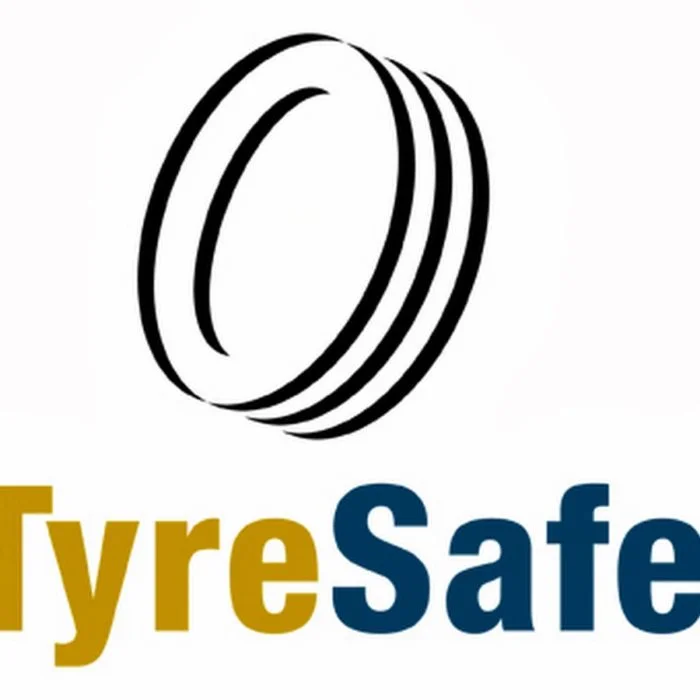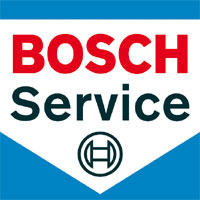
Tyre Safety Month – What’s it all about?
October is Tyre Safety Month with a focus on part worn tyres and the associated risks to you and other road-users. If you haven’t regularly checked your tyres, perhaps now is the perfect opportunity. It will help keep your vehicle safe and legal while improving performance and fuel efficiency.
By October, summer will be over and we all start preparing for darker nights and colder, wetter weather. This is partly why the road safety charity, TyreSafe, chose October to run a tyre awareness campaign. They have a wealth of information to give UK motorists clear and objective advice on all aspects of tyre safety. This includes tyre maintenance and finding the right tyre for your driving needs.
Regardless of your occupation, where you live or the car you drive, tyre safety should be your top priority. Whether you’re an experienced driver, fresh from doing the test, or a student getting to grips with car maintenance, we can help. It is imperative that every driver knows and understands the importance of routine tyre checks.
Potential Dangers Of Part Worn Tyres
Maximising road safety starts with educating people about the importance of tyre safety and the real dangers of buying part worn tyres. While we all want to save money, you should never cut corners when it comes to buying quality tyres. When you do replace your tyres, we always recommend fitting new ones as it really is the safest option. It also actually offers much better value for money as you are paying for the full use of the tyre and not a worn down version.
However, there is legislation that permits the sale of part worn tyres but only if they meet a stringent set of criteria. It is a criminal offence under the Consumer Protection Act for anyone to sell part worn tyres that don’t meet these legal requirements. Not only that, these tyres pose a serious safety risk to drivers, their passengers and other road users. In many instances, part worn tyres mean partly safe driving which is not good enough. According to a tyre safety study, 98% of part worn tyres were sold illegally while 34% had potentially life-threatening defects.
Part Worn Tyres Under The Consumer Protection Act
Part worn tyres MUST meet the following primary requirements under The Motor Vehicle Tyres (Safety) Regulations 1994 (reg.7.):
- The structural integrity must not be compromised. It should be free of large cuts, any bulges or lumps both internally and externally. No plies or cords should be exposed.
- Tyres must have passed an inflation test prior to sale.
- The original grooves must still be clearly visible in their entirety and must be to a depth of at least 2 mm across the full breadth of the tread, around its entire circumference.
- Part worn tyres which have not been retreaded must clearly show the relevant ‘E’ mark alongside which ‘PART-WORN’ must be permanently and legibly applied in letters at least 4mm high. These words cannot be hot branded or cut into the tyre.
Further to the regulations, part worn tyres that have been retreaded must have at least one of the following:
- BS AU 144b, 144c, 144d, or 144e markings on the side wall (if first supplied as a retread on or before 31 December 2003 an ECE approval mark (if first supplied as a retread on or after 1 January 2004)
- a permanent mark to identify the original model and manufacturer, the word ‘RETREAD’ moulded onto or into its sidewall (in upper case letters at least 4 mm high) and further markings in accordance with ECE rules. You may need to seek further advice as to which rules apply
- The indication ‘PART WORN’ must also appear next to the BS or ECE approval mark, or next to the word ‘RETREAD’
- For tyres marked BS AU 144e, a speed category symbol and load capacity marking should be present.
- A tyre has to comply with all these requirements whether or not it is fitted to a rim.
Are your tyres’ tread depth legal?
This is one of the more important questions in tyre safety and we’re happy to answer it. In accordance with UK law, the minimum tread depth is 1.6 mm. If you don’t know how to measure it, you could easily do it yourself with nothing more than a 20p coin.
All you have to do is put the coin into the main tread grooves in at least three points around the tyre. If you can’t clearly see the outer edge of the coin each time, your tread is legal. If you can, however, see the outer edge of the coin your tyres might be illegal and dangerous. Did you know that you can be fined up to £2,500 if your tyres don’t meet the minimum requirements? To add insult to injury, you could also receive three penalty points for each tyre that misses the mark.
Part worn tyres are dangerous and could cost you a small fortune down the road. Save yourself the trouble and bring your car to Elite Garages for a FREE tyre check. Our technicians are professional, friendly and go the extra mile to keep you informed throughout. We also offer other complimentary services with no hidden costs or service commitments. Talk to any of our friendly and knowledgeable staff if you need further information.
Is your tyre pressure correct?
In addition to ensuring you tyres meet the legal tread depth requirements, you also need to regularly check tyre pressure. Both under-inflated and over-inflated tyres can affect handling and grip, make the car less stable and increase braking distances. It’s really important that you keep all your tyres at the right pressure levels.
Another detrimental effect is a sudden and rapid deflation, especially when driving on high-speed motorways. This could result in serious accidents and injuries. In fact, did you know that 90% of all cars have incorrectly inflated tyres? That means 9 out of 10 drivers are in danger (Bridgestone). Keep your tyres at their recommended pressure and you will reduce your running costs. Under-inflated tyres require more force to make a turn which results in your car using more fuel. Tyres with incorrect pressure also wear faster and as we know, part worn tyres can be incredibly dangerous.
To help you monitor your tyre pressure, all new cars are equipped with a tyre pressure monitoring system (TPMS). This system automatically notifies you of any pressure issues so you can fix the problem before it becomes dangerous. Watch this animation from TyreSafe for more details on how your TPMS works and how to look after it.
Checking Tyre Safety At Elite Garages
If you want to prolong the life of your tyres, you must perform regular checks. This includes tyre pressure, tread depth and visual damage checks for bulges, punctures or cuts. Check your tyre pressure at least once a month and if you make the necessary adjustments, you will benefit from lower fuel bills, extended tyre life, increased safety and reduced CO2 emissions.
Don’t forget to check the physical condition of your tyres and the pressure before taking long journeys. You can visit Elite Garages for a FREE tyre, wheel alignment and safety check. Simply pop in on your way to work, home or university and we’ll get it done while you wait. Spread the word about the importance of checking tyres and let’s make this October an extra special Tyre Safety Month.
Please join us on Facebook and become a valued member of our online community. You can see what others say about Elite Garages, share your own experiences and keep up to date with special offers and industry news.
About Us
Opening Times
Saturday : 8:30–4:00
Sunday : closed
More Information
Contact UsCustomer Information Pack
Check MOT Due Date
Free MOT reminder
Careers



Leave a Comments
You must be logged in to post a comment.